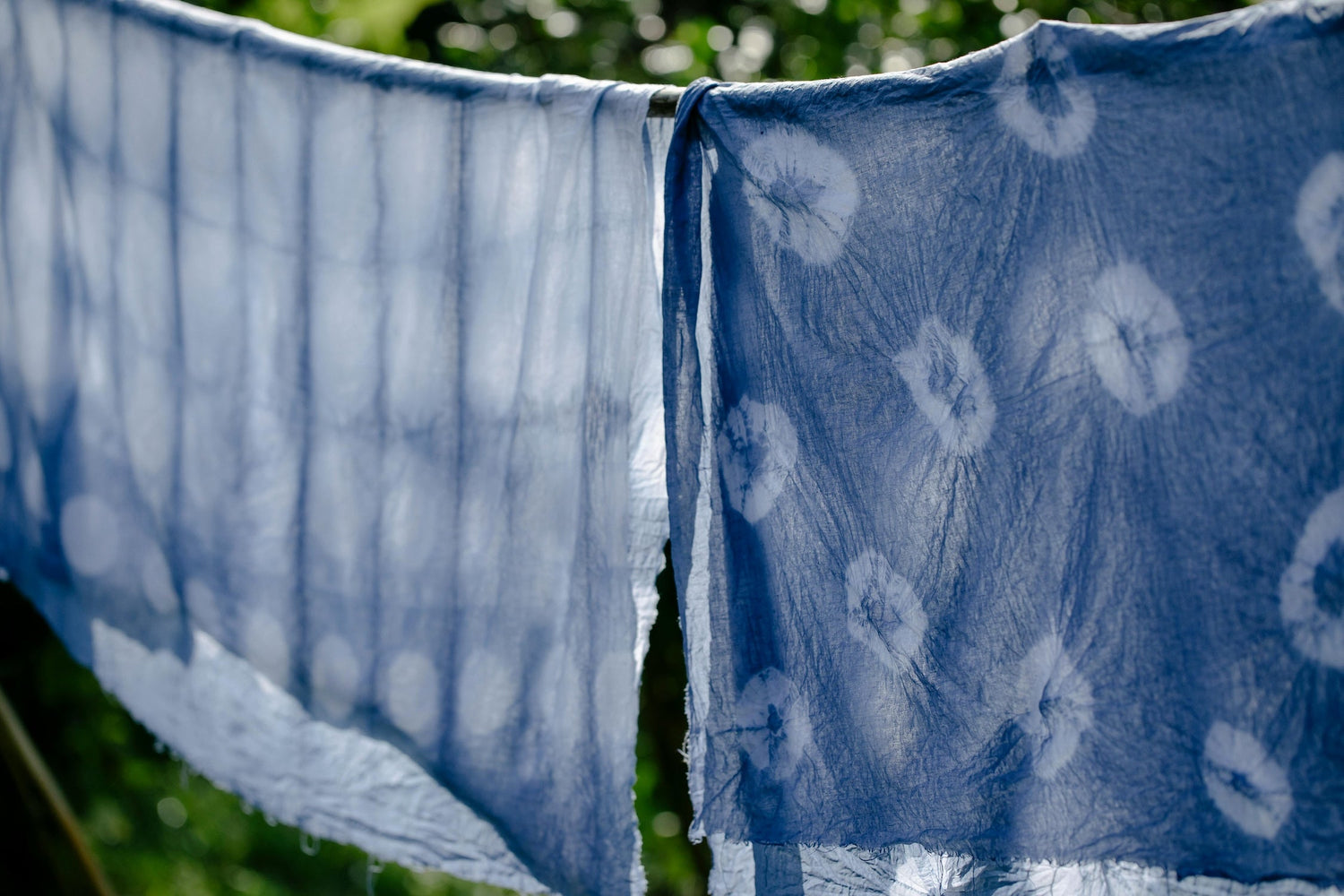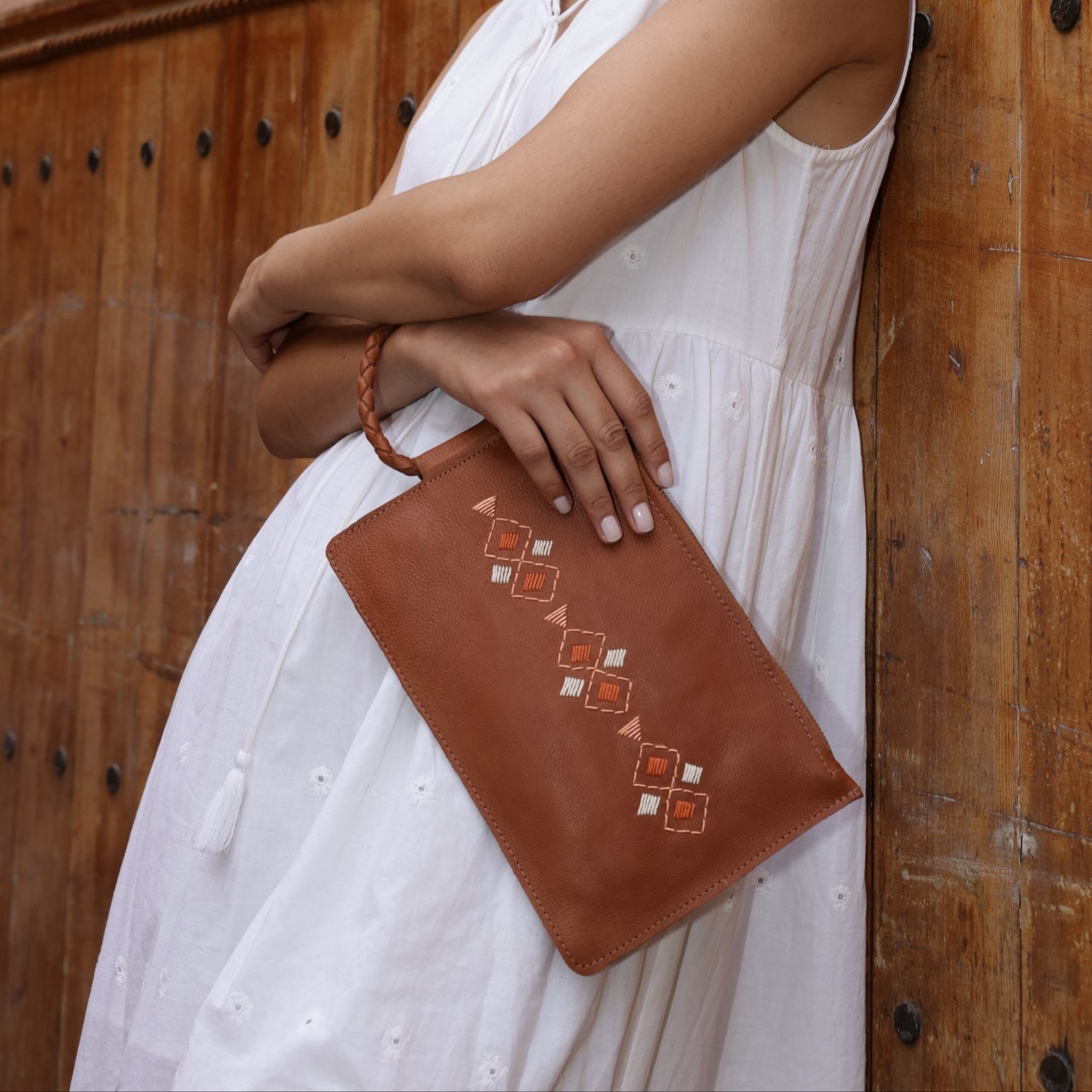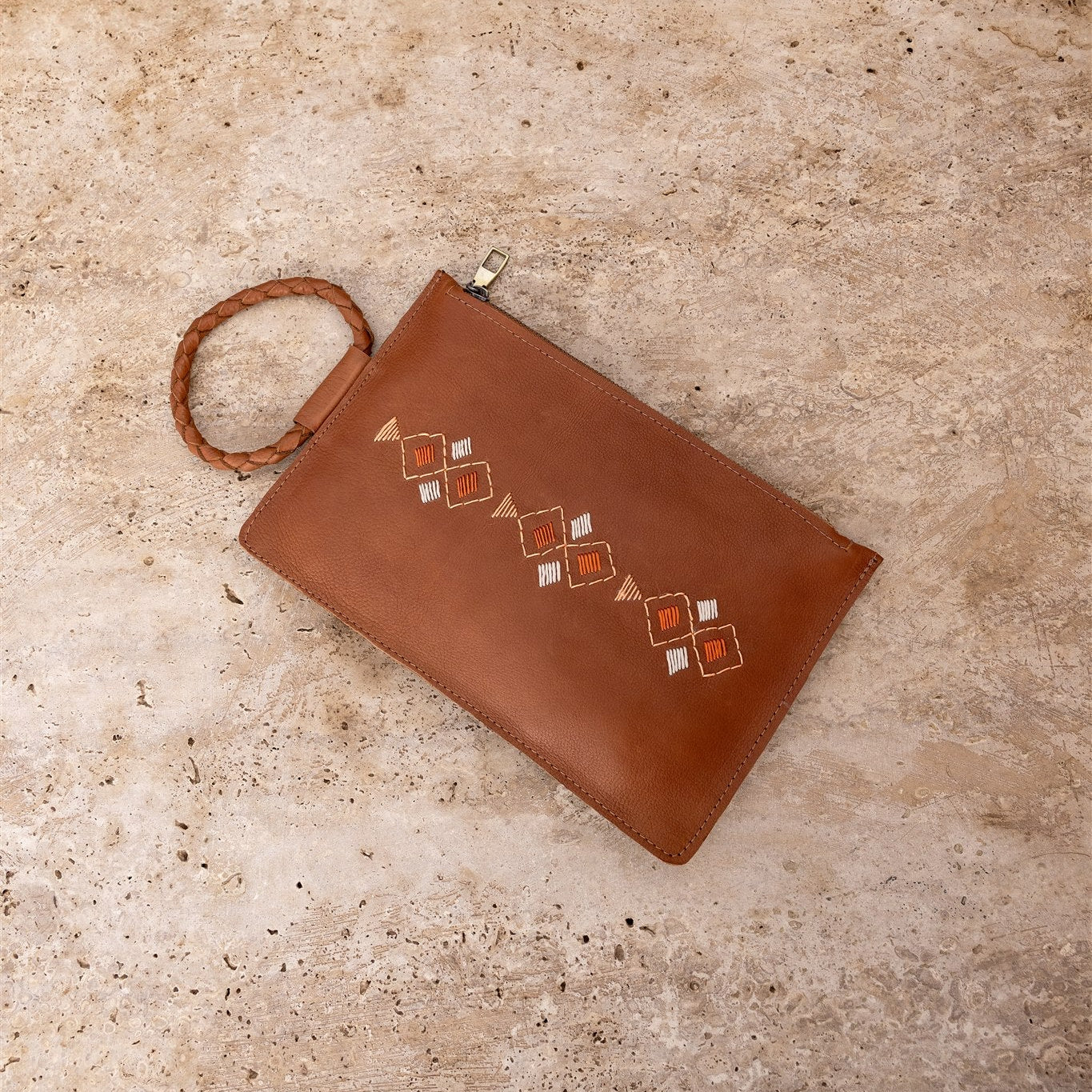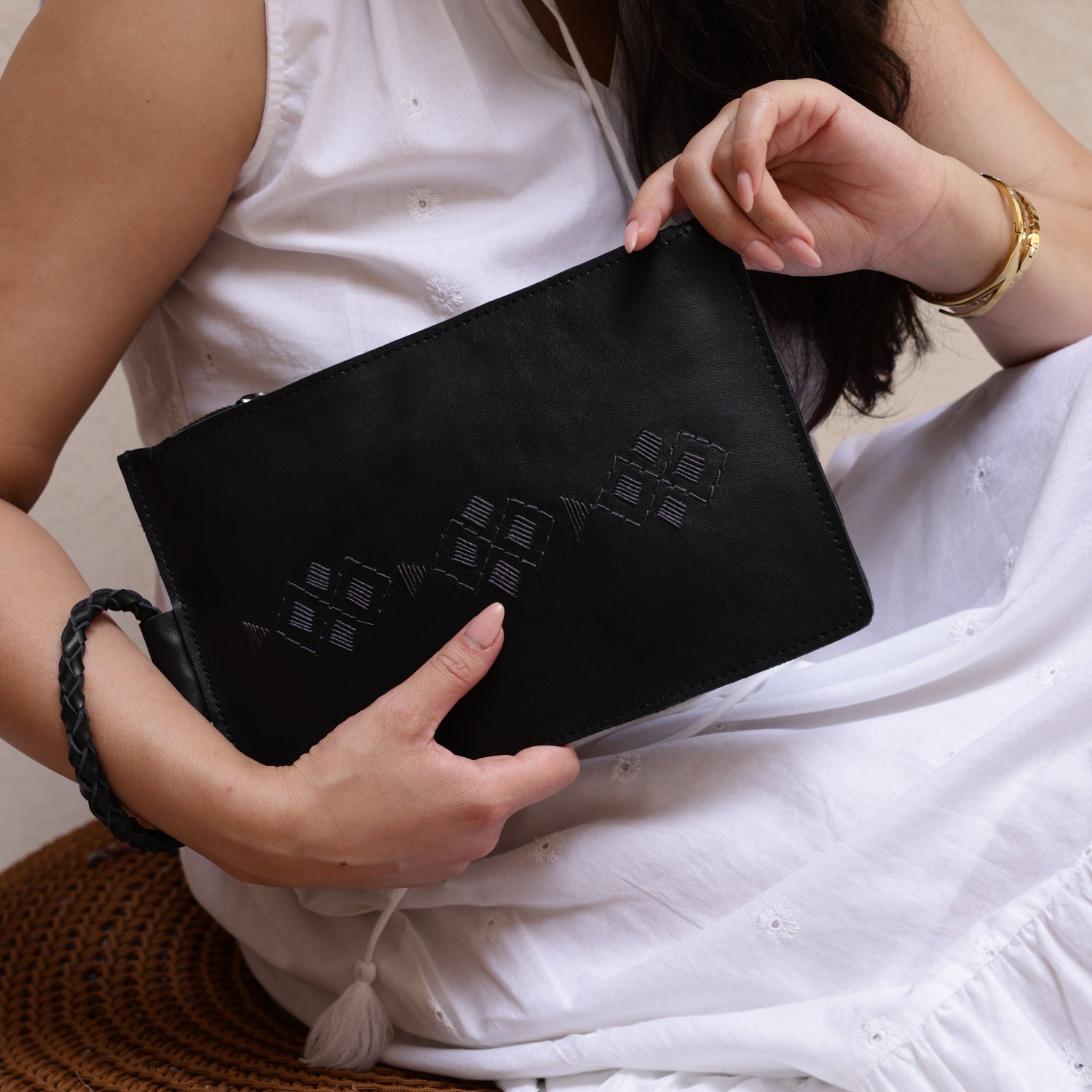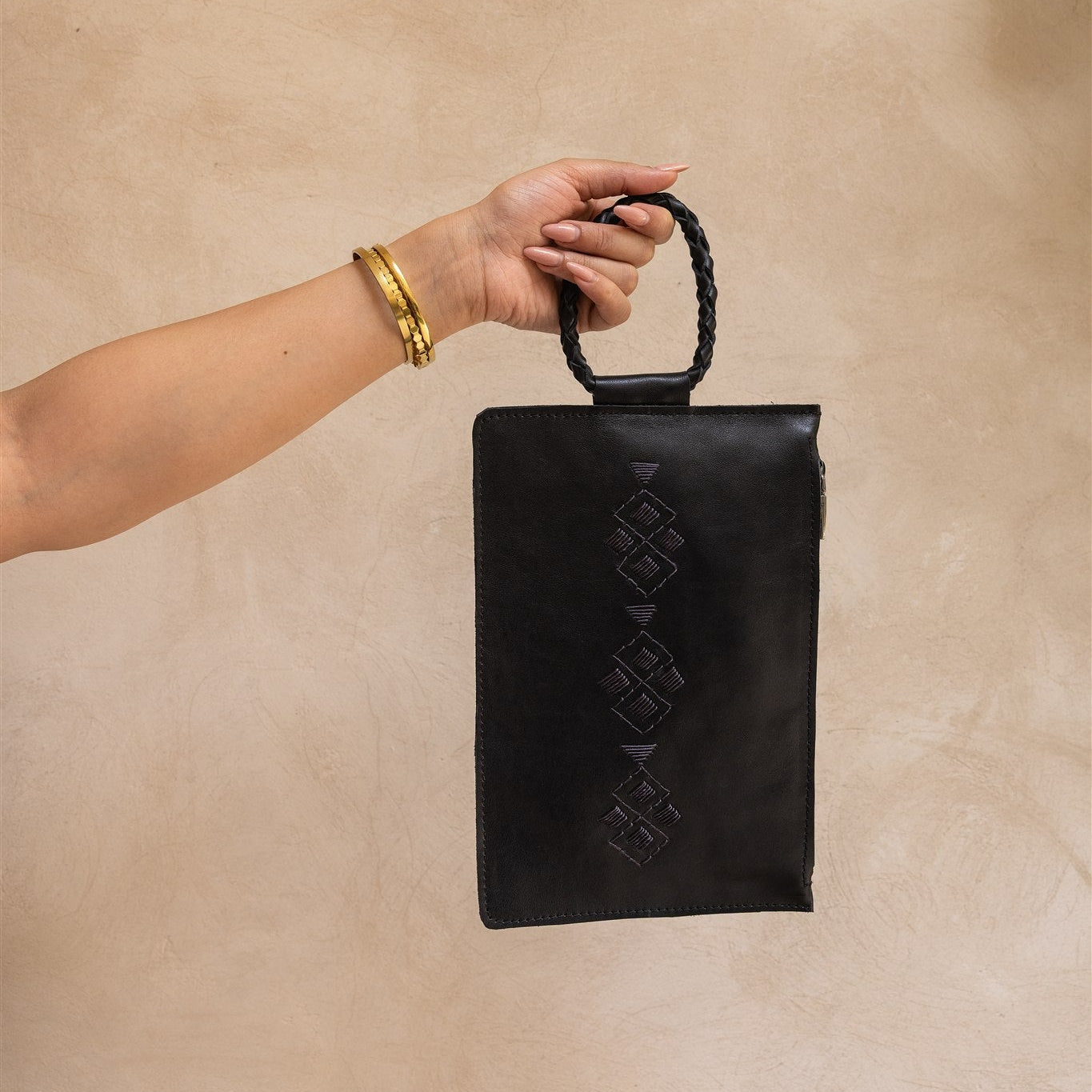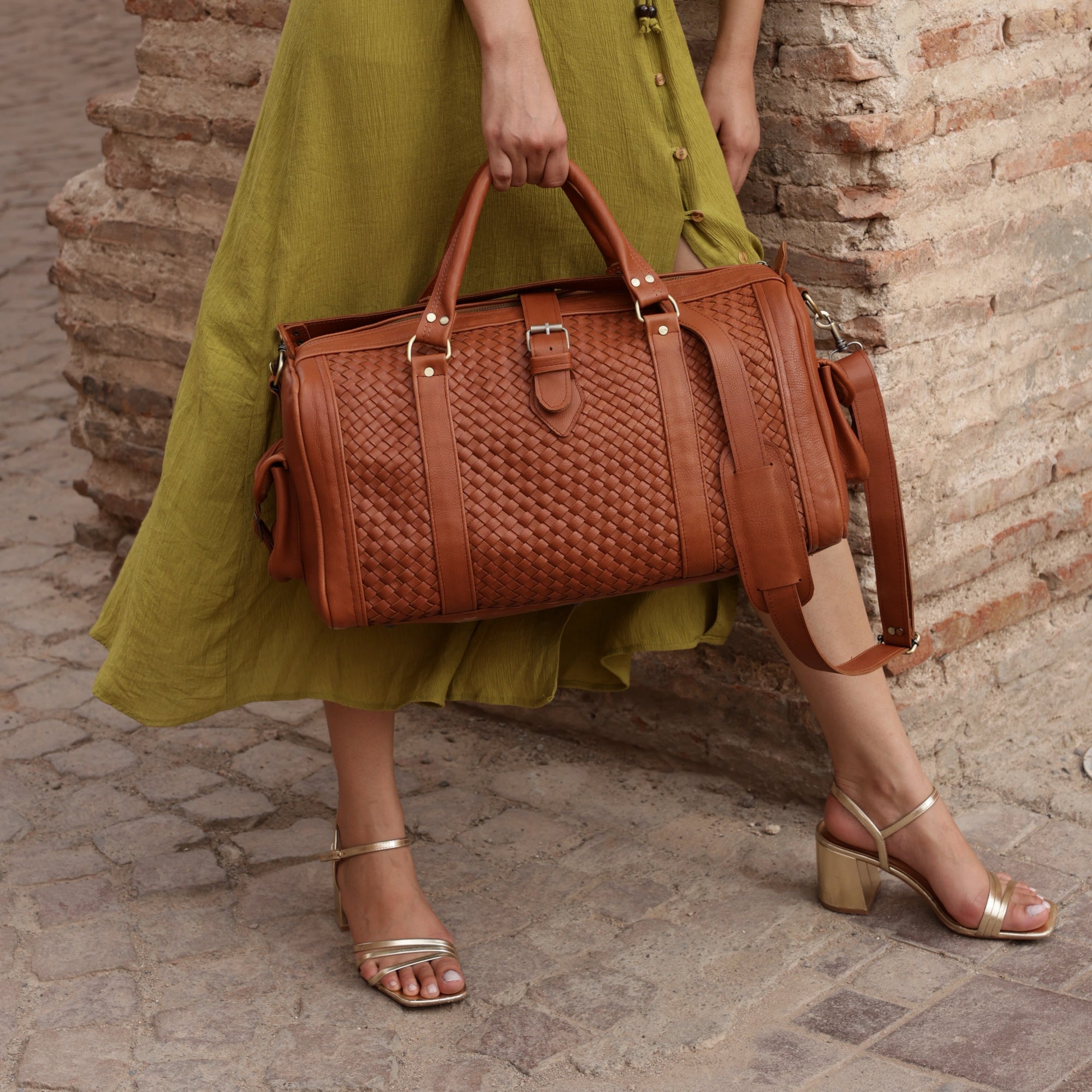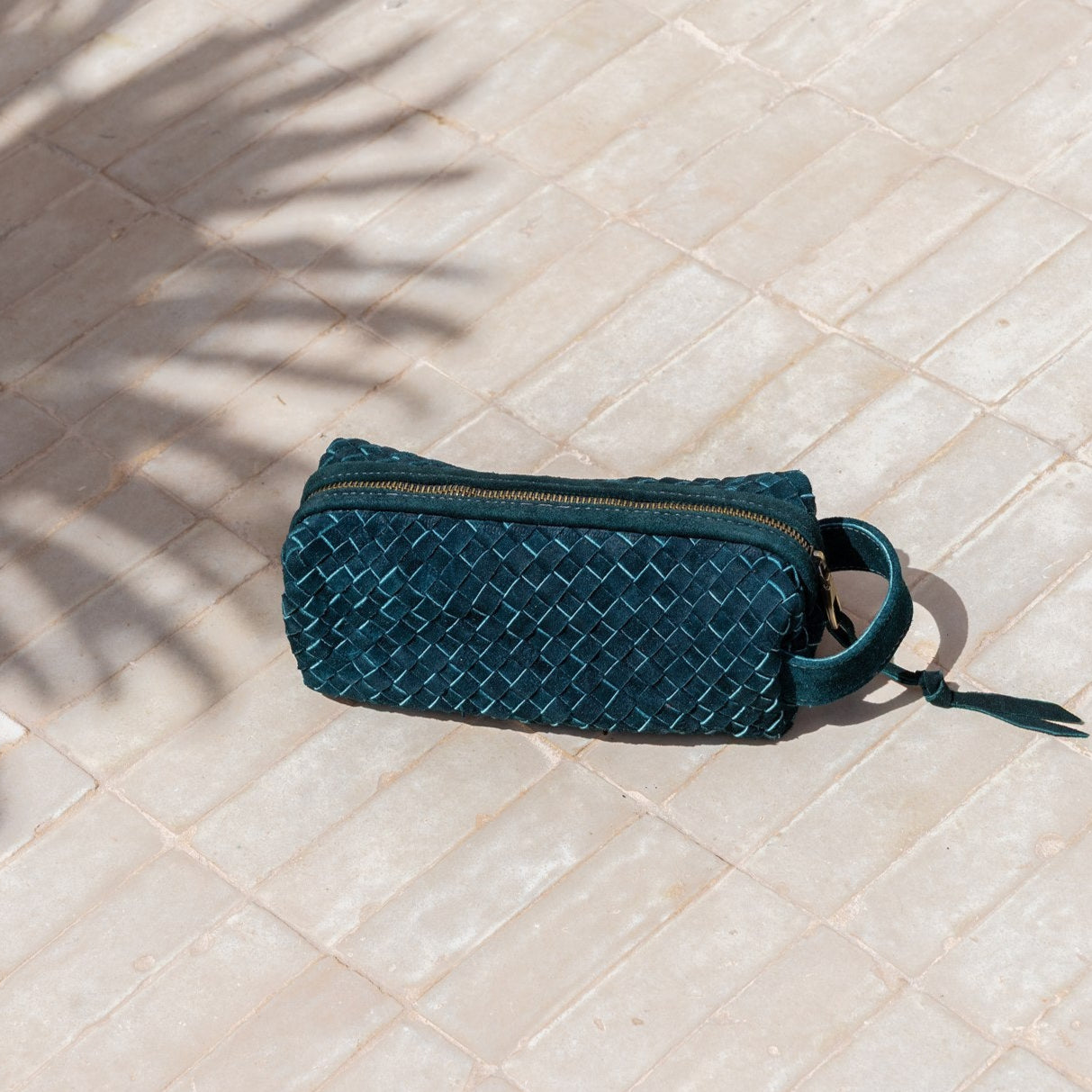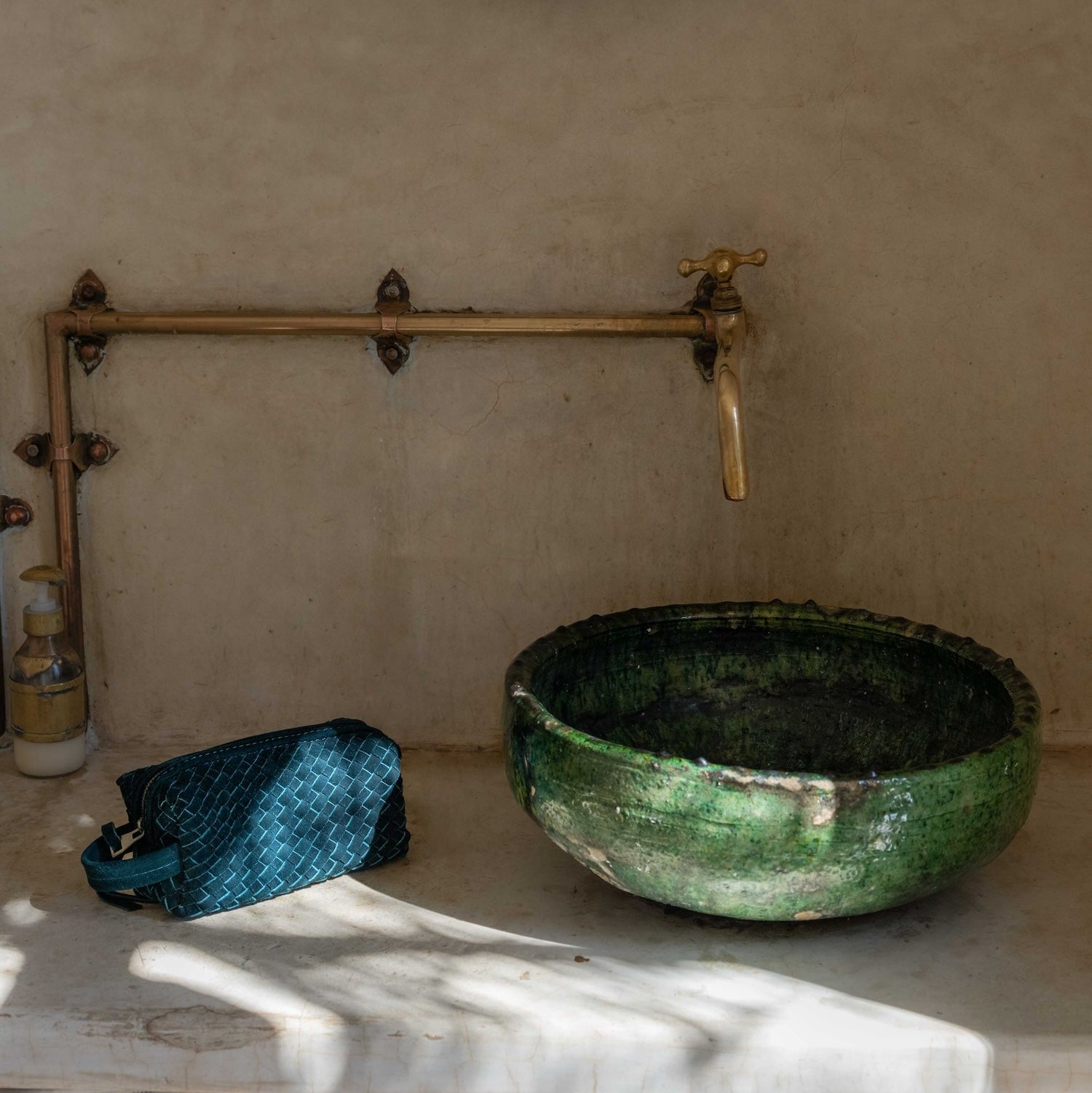When you think of “Shibori,” you might imagine sumptuous indigo blue hues swirling across a crisp white backdrop. That’s a dreamy visual, but Shibori is so much more than a beautiful dye technique. It’s a timeless Japanese artform that’s been perfected over centuries of tradition and craftsmanship. It’s just as much about culture as it is about creativity. Let’s dig a little deeper into the rich history, intricate process and modern fashion influence of Shibori.

The Origins of Shibori
The name originates from the Japanese verb “shiboru,” which translates to “wring, squeeze, or press.” And that’s exactly what artisans did to create designs. They would carefully fold, bind, twist, or even stitch fabrics before dyeing them. The result was a stunning range of patterns, from simple dots and stripes to elaborate, organic shapes.
Dating all the way back to the 8th century in Japan, Shibori was initially used for everyday garments as peasants applied indigo dye to hemp clothing. Over time, though, the intricate designs became a symbol of status, reserved for the wardrobes of Japan's elite families. The silk Shibori designs became so synonymous with class that the Tokugawa shogunate actually banned Shibori in the late 1600s when sumptuary laws dictated social class dress. The ban was later lifted in 1868, and Shibori remains a key feature in kimono design—each piece loved for its striking visual appeal and the masterful skill required to create them.
Creative Process & Common Patterns
Now, let’s get into the juicy bit: how the designs are achieved. Shibori is all about strategically manipulating fabric to “resist” the indigo dye, creating beautiful, high-contrast patterns. Here are a few of the key techniques.

Kumo (Spiderweb)
The fabric is tightly gathered and bound with thread, resulting in intricate, circular patterns that look like a spider’s web.
Arashi (Storm)
Fabric is wrapped around a central pole and scrunched tightly to create linear diagonal patterns that evoke the movement of rain.
Itajime (Clamped)
Flat pieces of fabric are folded and clamped between two wooden blocks before dyeing to create geometric shapes with bold, crisp lines.
Nui (Stitched)
Fabric is stitched with thread and pulled tight to form patterns before being dyed. This is one of the oldest methods, often producing very detailed and delicate designs.
Each technique requires patience, precision, and artistry in equal measure, which is why Shibori has been passed down through generations as such a treasured cultural practice.

The Enduring Appeal: Why We Love Shibori
The resurgence of interest in handcrafting and sustainability has breathed new life into Shibori, which fits seamlessly into modern fashion. Today, brands are reimagining these techniques for everything from high-end couture to everyday streetwear.
Shibori’s magnetic appeal lies in its connection to nature and the unpredictable beauty of the creative process. It holds an inherent philosophy of imperfection; embracing asymmetry, irregularity, and the beauty of the handmade. No two pieces are the same, and therein lies the magic.
In a world where everything is mass-produced, Shibori is a gorgeous reminder to slow down and appreciate true craftsmanship. It invites us to connect with the textures, colors, and traditions, offering a moment of reflection as we enjoy a truly unique piece of art.



